Check out the inspiration for this blog post here!
You joined your Board for a reason:
to contribute, to influence, to learn, to give back, to lead. But as with many things in life, the role is more difficult, time consuming, and intense than expected. It can be difficult to define and achieve the Board’s vision, come to agreement on action, and get all the work done. Who has time to assess Board and Board Member effectiveness? But it’s a proven fact that performance evaluation is a critical part of any high performing organization and Boards are no exception. In this instance, “good enough” does not cut it.
Performance evaluation…why oh why do we avoid thee?
There are several reasons we avoid performance evaluation. One of the hardest is matching our perception of our personal performance with how it appears to the rest of our team. If the 100’s of people I’ve coached, managed, and led are a good representation, and I think they are, people tend to have biases about their own performance. Often their objectivity is skewed. They usually believe their strengths and weaknesses are greater than they are perceived by others.
So, in the areas that are their true strengths, people tend to believe they perform at a higher level than their peers rate them. So too, people tend to overstate their weaknesses, again rating themselves significantly lower than where their peers rate them. This can make giving and receiving feedback uncomfortable. It is best provided once good rapport is established between all parties. But it also means that both self-assessment and group assessment are critical to recognizing the true level of performance.
The benefits of non-avoidance
Excellent feedback can be life and career changing. For me, it is the best gift I can receive from a client, colleague, or boss. But, giving and receiving feedback takes patience, practice, and great communication skills. The best feedback is timely, backed by examples, delivered one-on-one (unless a team is highly evolved), and provided in a manner that allows all involved parties to learn from the experience. This can be a tall order.
The following article shows how the corporate Boards of companies on the New York Stock Exchange rate on self-evaluation and provides some great suggestions about how Boards (for-profit and non-profit alike) can evaluate Board and Board Member performance. Becoming a great Board with great Board Members is no accident.
Click here to read the article that inspired this blog post

